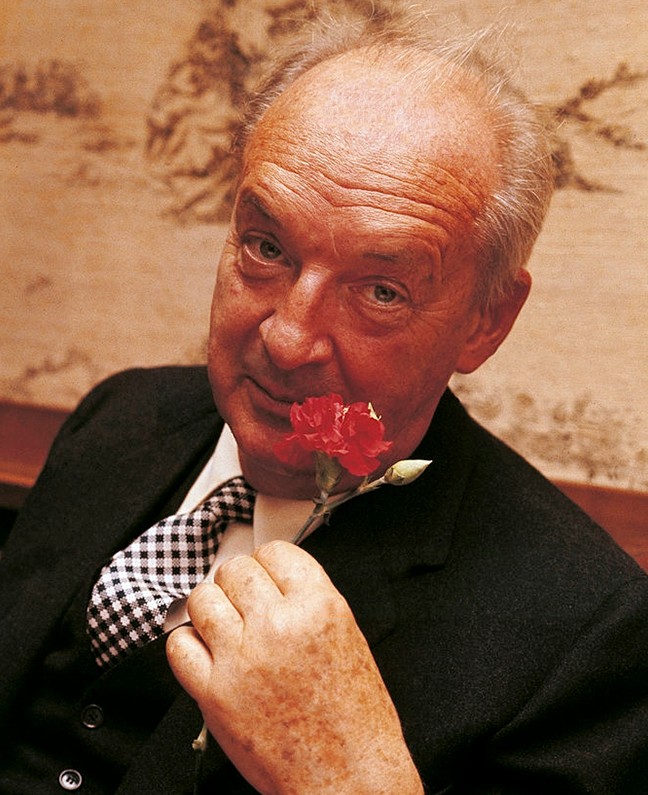“But I Was Only Joking!” Why Facebook Needs an Irony Emoji
Facebook announced Wednesday that it was launching “Facebook Reactions,” which the social networking giant described as “an extension of the Like button, to give you more ways to share your reaction to a post in a quick and easy way.”
According to Sammi Krug, a product manager at Facebook, the company now understands “that there should be more ways to easily and quickly express how something you see in News Feed makes you feel.” That makes sense: who has not seen that a friend’s parent has died but hesitated to hit the “like” button as a show of solidarity, or read something galling and not wished to make any gesture of approval?
Facebook will now offer six options for responding to a post: Like, Love, Haha, Wow, Sad, or Angry. Users can add a reaction, by holding down the Like button on their mobile phones or hovering over the Like button. The little emojis are animated to dance becomingly before they swoop down to punctuate a post.
Notably absent is a Reaction denoting irony. (Facebook already offered a bewildering number of emojis, describing “feelings” ranging from “determined” to “chill,” that users could employ when composing their status. One of the offered feelings is “sarcastic.” But sarcasm—the grumpy person’s wit—is different from irony.)

That’s a pity, because irony on the Internet is the most fleeting and easily misconstrued of responses. Irony requires context to be grasped, and demands a high degree of culture to understand. After all, an ironic utterance means something other than what it literally says, and requires for its function what the 20th century English critic I. A. Richards called “the bringing in of the opposite, the complementary impulse” (Principles of Literary Criticism, 1925).
Imagine the utility of a little Irony sticker! One could drily punctuate one’s own updates with irony symbols, or note for the idiots at the back of the class that another’s post was in fact ironic, or even simply telegraph ironic detachment.
What would such an irony symbol look like? Fortunately, the need for an irony sign is not new, and the question has been pondered and answered. In 1899, the French poet Alcanter de Brahms said that ironists should always use a kind of upside down question mark: “le petit signe flagellateur.” But the novelist Vladimir Nabokov answered the question best, decades before social networks. He suggested the “sly smile” of a horizontal parenthesis.
Keep Reading
Most Popular
Large language models can do jaw-dropping things. But nobody knows exactly why.
And that's a problem. Figuring it out is one of the biggest scientific puzzles of our time and a crucial step towards controlling more powerful future models.
The problem with plug-in hybrids? Their drivers.
Plug-in hybrids are often sold as a transition to EVs, but new data from Europe shows we’re still underestimating the emissions they produce.
Google DeepMind’s new generative model makes Super Mario–like games from scratch
Genie learns how to control games by watching hours and hours of video. It could help train next-gen robots too.
How scientists traced a mysterious covid case back to six toilets
When wastewater surveillance turns into a hunt for a single infected individual, the ethics get tricky.
Stay connected
Get the latest updates from
MIT Technology Review
Discover special offers, top stories, upcoming events, and more.